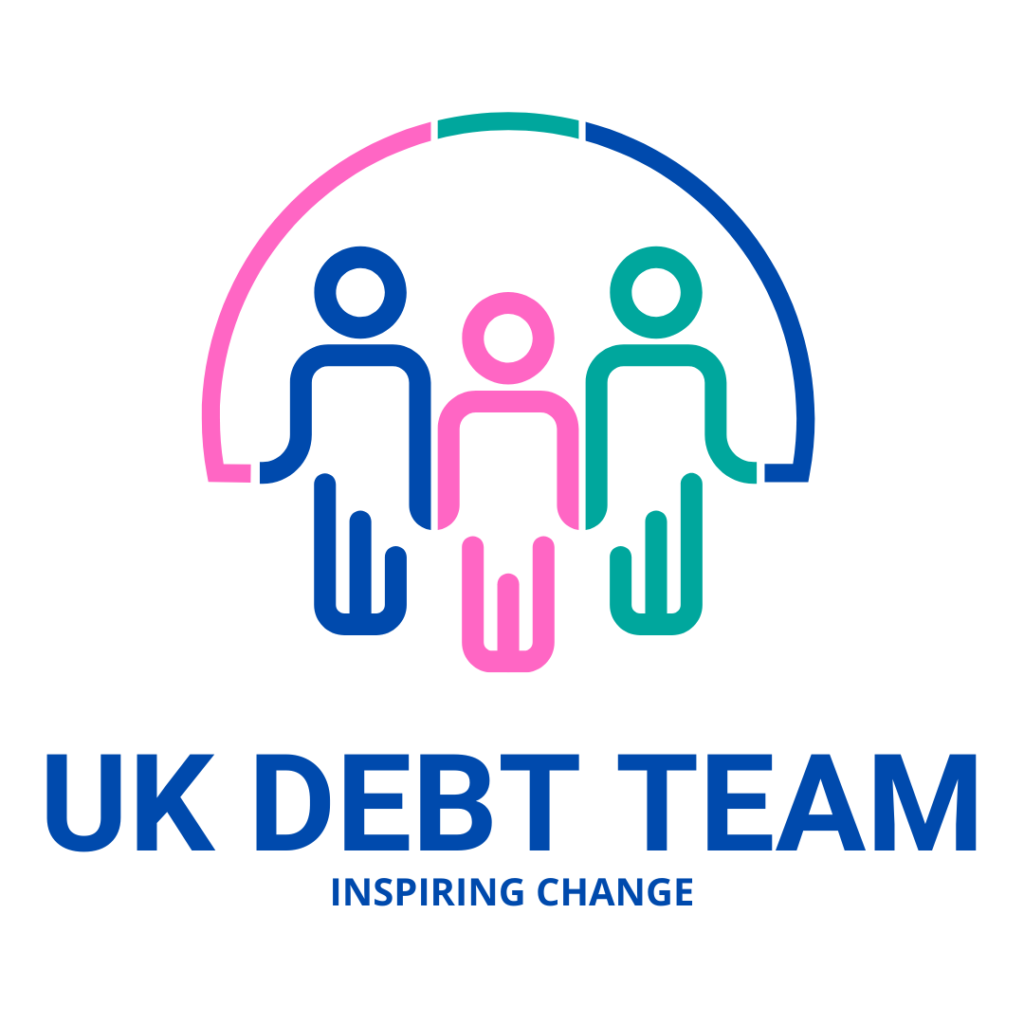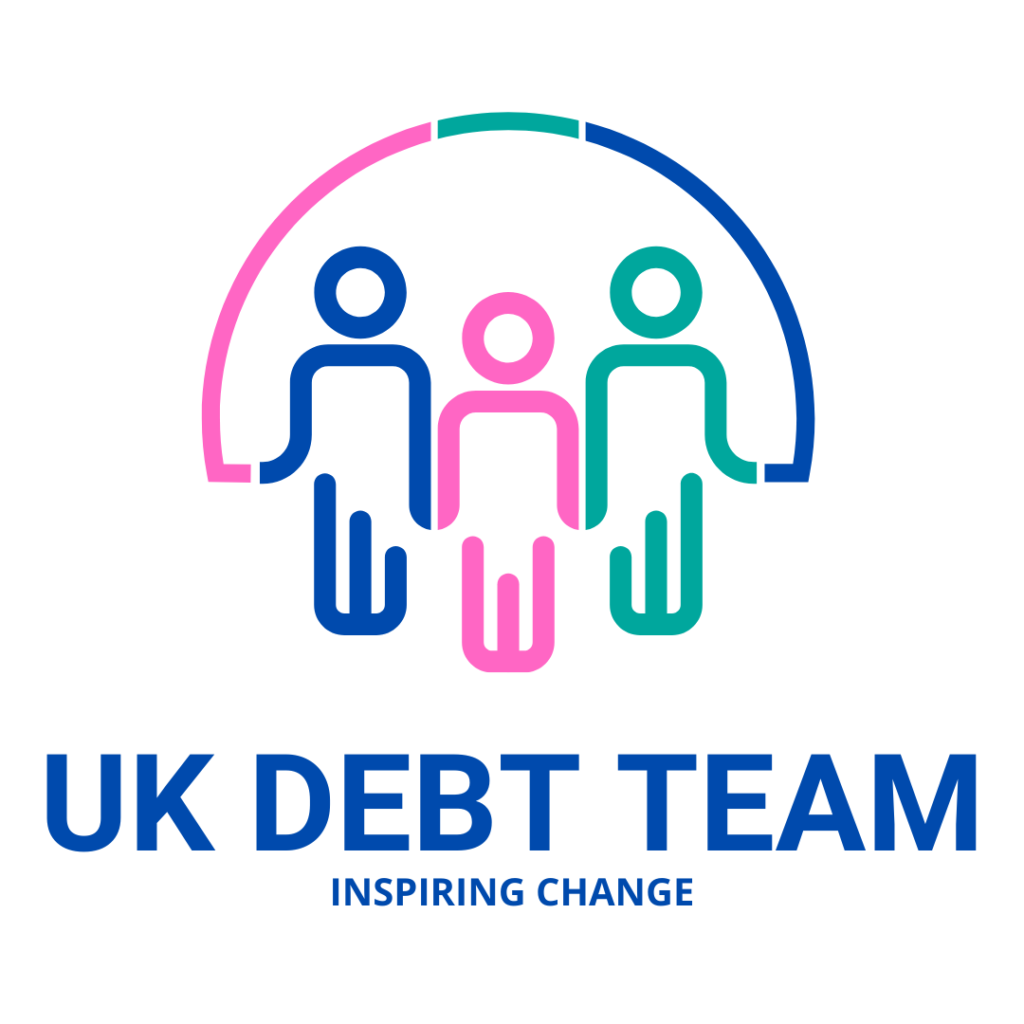Debt Relief Order (DRO)
A Debt Relief Order (DRO) is an agreement designed to help people with little to no spare income, who don’t own their home, and have debt of £30,000 or less.
What is a DRO?
Set up through a DRO adviser and the Insolvency Service, a Debt Relief Order allows payments to be paused on the debts you owe for a period of 12 months.
Once you’re in a DRO, your creditors can’t force you to make any payments, and they can no longer pursue you for the debts.
Is there a setup fee?
There used to be a £90 fee in order to apply for a DRO. As of April 6th 2024, there is no longer any set up fee to pay. This means that you can now submit your DRO application to the Insolvency Service for free.
Can you get a mortgage or other credit with a DRO?
You won’t be able to get a mortgage while you have a Debt Relief Order in place.
It’s extremely unlikely you would meet the mortgage lenders’ strict affordability and creditworthiness criteria. If you did, owning a home would make you ineligible for the DRO.
If you’re hoping to obtain credit, you will face similar problems. Your disposable income of less than £75 means that you are unlikely to be able to afford the repayments, so you won’t pass the affordability checks that lenders will perform.
Is a DRO a good idea?
There are many different ways of dealing with problem debt. A DRO is best suited to people in debt, with minimal assets, who will struggle to repay their debt in a reasonable amount of time.
While there are other, similar debt solutions, if you are being weighed down by debt you can’t pay back, and you fit the strict criteria for a DRO, then it could be the best option for you.
Ready to get help?
It’s important to understand that no single debt solution fits everyone’s needs. That’s why we recommend speaking with one of our trusted partners to discuss your options and determine the next steps that are right for you.
DRO Pros
- You won't pay anything towards your debts for 12 months and after that, if your financial situation hasn't changed, all your debts covered by your DRO will be written off.
- A DRO no longer requires a fee to it, making it more affordable than bankruptcy.
- An order will normally only last for a period of 12 months.
- A DRO binds your creditors to the agreement and prevents them from taking further action against you.
- None of the creditors listed in the DRO application can take any action against you without the court’s permission.
DRO Cons
- Your DRO will be registered against your credit file for a minimum of 6 years and will affect your ability to obtain further credit.
- Your DRO will be entered onto a public register.
- Your DRO could be revoked if you don’t cooperate with the official receiver during the year that your DRO is in force.
- You can’t act as director of a company or be involved in its management unless the court agrees.
- A DRO could affect your employment or future employment if you work in a licensed role.

